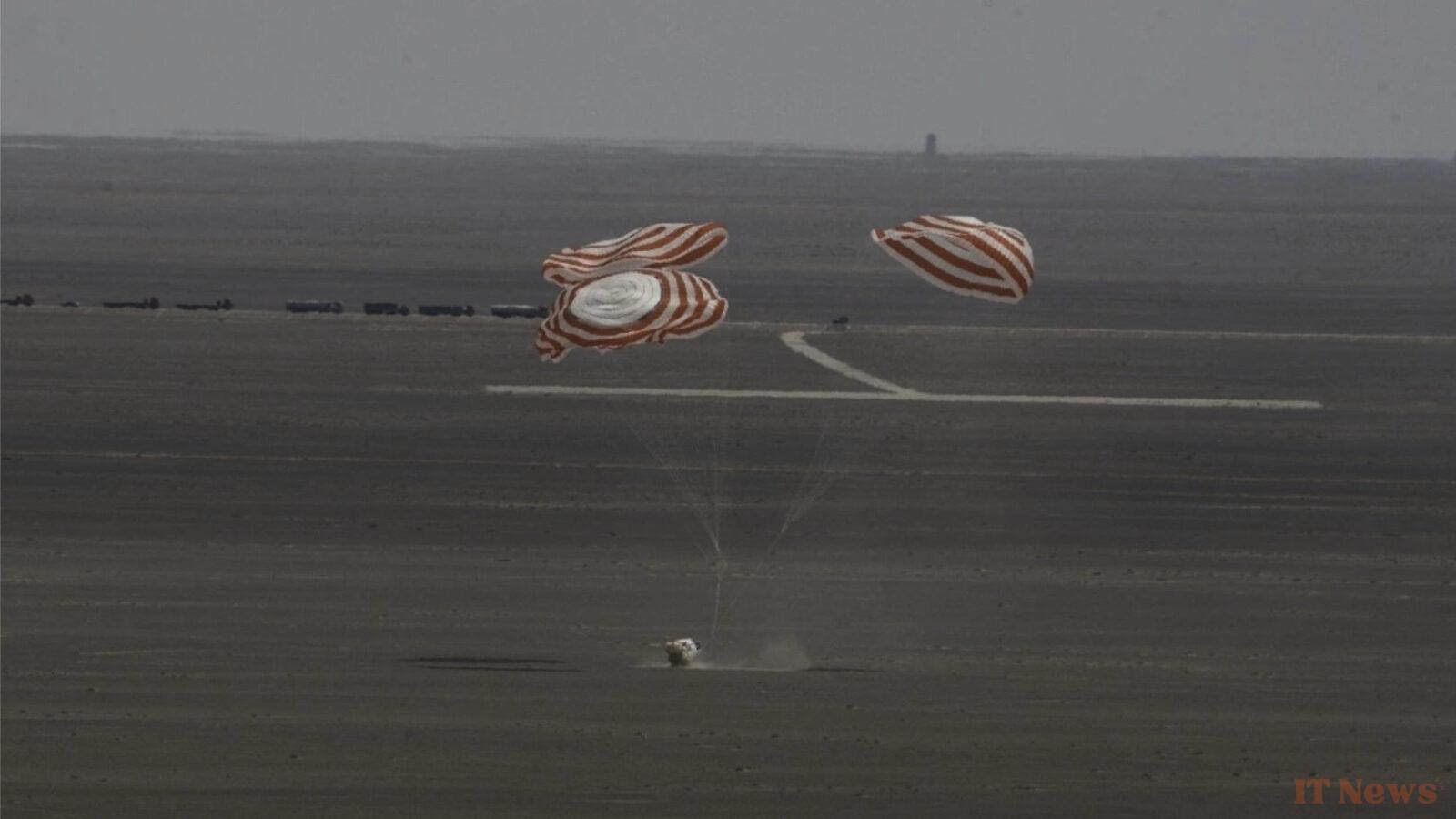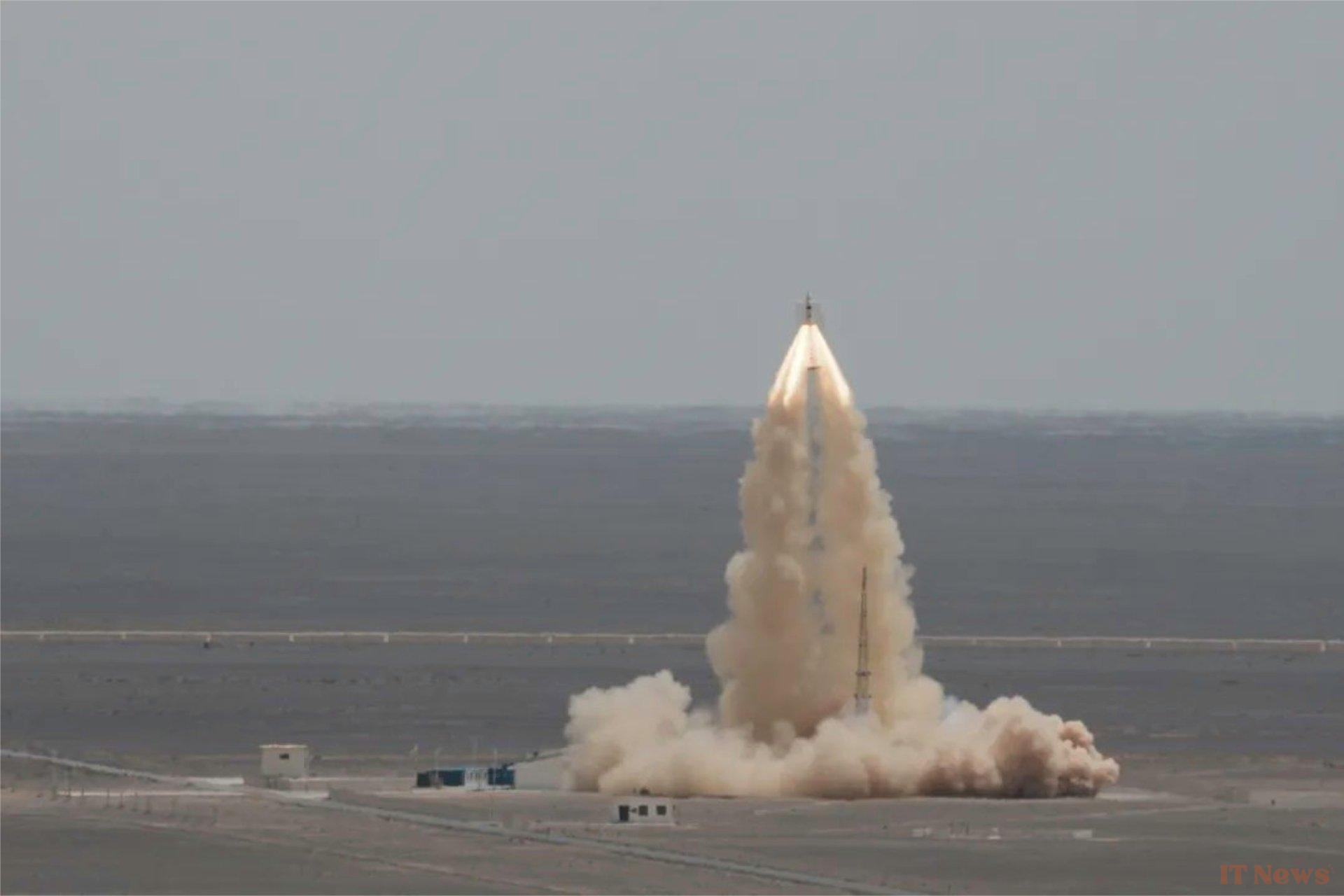China is developing Mengzhou, a more advanced version of its Shenzhou spacecraft, which has been transporting astronauts into space since 2003. With its new module, a rival to the Orion capsule in the United States, its entire manned lunar mission program is at stake. On June 17, at the Jiuquan Space Center in Inner Mongolia, CMSA (China Manned Space Agency), which handles human spaceflight, performed a so-called "pad abort" maneuver, which is an emergency or rescue ejection of a spacecraft.
The maneuver encountered no problems, and the agency confirmed its success. This is the first one performed on land. The next step will involve the same maneuver, but this time during a takeoff of the spacecraft mounted on its launcher. Without validation of its ability to extract itself from the main stage of the rocket, a module will not be able to protect the astronauts on board in the event of a problem, loss of control, engine failure, or risk of explosion.
During the maneuver, the spacecraft uses a rocket engine to extract itself and move away from the launcher, before preparing for a landing, thanks to parachutes and inflated airbags on the lower part. A procedure similar to the ejection of a fighter jet pilot with his seat.
China on the Moon in 2029
China does not want to waste any time, as it plans its first manned lunar mission in 2029, to beat the United States in sending the first female astronaut to the Moon, but also to honor the 80th anniversary of the People's Republic of China. In addition to the Mengzhou spacecraft, a lunar module named Lanyue is also scheduled to head towards Earth's natural satellite.
To amortize the development costs of Mengzhou, the capsule is also to be used in low-orbit missions, with a configuration of up to seven seats on board (compared to three seats for the lunar version). This would allow it to obtain a larger shuttle for its round trips to its Tiangong-3 space station, while the current Shenzhou capsule can only carry three astronauts.
With the Orion capsule threatened by the Trump administration's budget cuts, and its development difficulties, the United States is trying to maintain the pace and also carry out maneuvers to certify its safety. Its engineers were also working in June on the recovery of the habitable module, after ejection from its SLS launcher.
Source: Cité de l'espace




0 Comments